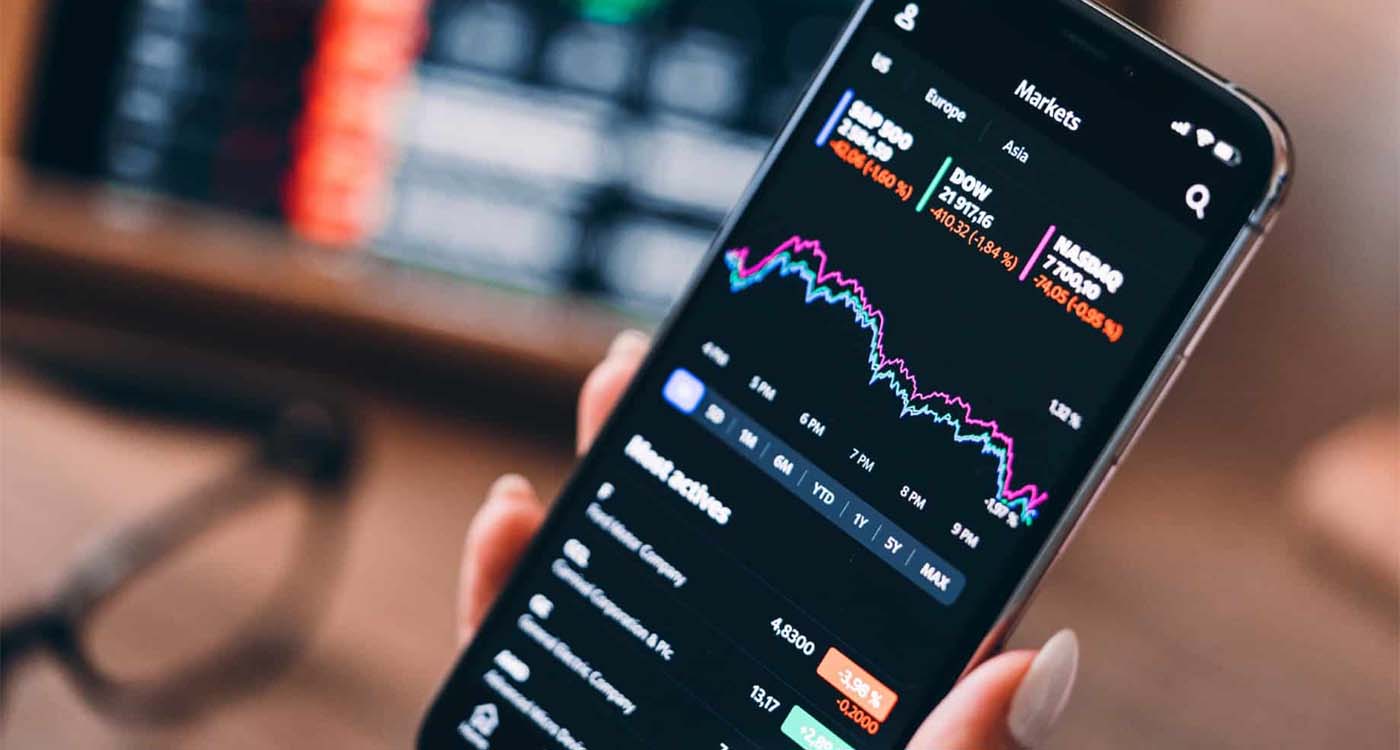In the world of forex trading, understanding the concept of a pip is fundamental. The term “pip” stands for “percentage in point” or “price interest point,” and it represents a tiny but crucial unit of measurement for currency price movements. Pips play a central role in determining profits and losses in forex trading. In this article, we will delve into what a pip is, how it is calculated, and why it matters in the forex market.
What is a Pip?
A pip is the smallest price increment by which the exchange rate of a currency pair can change. In most currency pairs, a pip is typically the fourth decimal place, but there are exceptions. For example:
- In the EUR/USD currency pair, if the exchange rate moves from 1.1000 to 1.1001, it has moved one pip.
- In the USD/JPY currency pair, if the exchange rate moves from 110.50 to 110.51, it has moved one pip.
- In currency pairs involving the Japanese yen (e.g., USD/JPY or EUR/JPY), a pip is the second decimal place. So, a move from 110.50 to 110.51 represents one pip.
Calculating the Value of a Pip
The value of a pip depends on several factors:
1. Lot Size: The lot size you are trading determines the monetary value of a pip. There are three standard lot sizes: standard lots (100,000 units of the base currency), mini lots (10,000 units), and micro lots (1,000 units). The larger the lot size, the greater the value of each pip movement.
2. Currency Pair: The specific currency pair you are trading also affects the pip value. Since different currencies have different exchange rates, the value of a pip can vary.
3. Exchange Rate: The current exchange rate of the currency pair is crucial for pip value calculation. As exchange rates change, so does the value of each pip.
Why Pips Matter
- Measuring Price Movements: Pips allow traders to quantify and measure even the smallest price changes in the forex market. This precision is essential for setting entry and exit points and managing trades effectively.
- Calculating Profits and Losses: Pips are instrumental in calculating profits and losses in forex trading. By knowing the pip value and the number of pips a trade moves, traders can determine their financial gains or losses.
- Risk Management: Understanding pip values is essential for proper risk management. Traders use pip values to set stop-loss and take-profit orders to limit potential losses and secure profits.
- Position Sizing: Pip values help traders determine the appropriate position size for their trades based on their risk tolerance and account size. Smaller position sizes reduce risk, while larger positions can yield higher profits.
Conclusion
In forex trading, a pip is a fundamental unit of measurement that represents the smallest price increment by which currency pairs can move. It plays a crucial role in calculating profits and losses, managing risk, and setting trade parameters. As a forex trader, mastering the concept of pips and their significance is essential for making informed trading decisions and navigating the dynamic forex market effectively.





